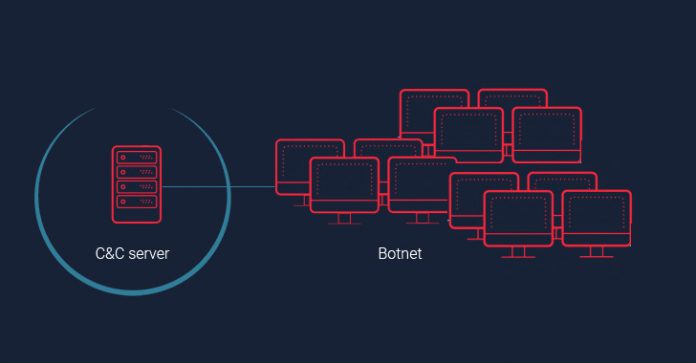An enhanced version of the XLoader malware has been spotted adopting a probability-based approach to camouflage its command-and-control (C&C) infrastructure, according to the latest research.
“Now it is significantly harder to separate the wheat from the chaff and discover the real C&C servers among thousands of legitimate domains used by Xloader as a smokescreen,” Israeli cybersecurity company Check Point said.
First spotted in the wild in October 2020, XLoader is a successor to Formbook and a cross-platform information stealer that’s capable of plundering credentials from web browsers, capturing keystrokes and screenshots, and executing arbitrary commands and payloads.
More recently, the ongoing geopolitical conflict between Russia and Ukraine has proved to be a lucrative fodder for distributing XLoader by means of phishing emails aimed at high-ranking government officials in Ukraine.
The latest findings from Check Point build on a previous report from Zscaler in January 2022, which revealed the inner workings of the malware’s C&C (or C2) network encryption and communication protocol, noting its use of decoy servers to conceal the legitimate server and evade malware analysis systems.
“The C2 communications occur with the decoy domains and the real C2 server, including sending stolen data from the victim,” the researchers explained. “Thus, there is a possibility that a backup C2 can be hidden in the decoy C2 domains and be used as a fallback communication channel in the event that the primary C2 domain is taken down.”
The stealthiness comes from the fact the domain name for the real C&C server is hidden alongside a configuration containing 64 decoy domains, from which 16 domains are randomly picked, followed by replacing two of those 16 with the fake C&C address and the authentic address.
What’s changed in the newer versions of XLoader is that after the selection of 16 decoy domains from the configuration, the first eight domains are overwritten with new random values before each communication cycle while taking steps to skip the real domain.
Additionally, XLoader 2.5 replaces three of the domains in the created list with two decoy server addresses and the real C&C server domain. The ultimate goal is to prevent the detection of the real C&C server, based on the delays between accesses to the domains.
The fact that the malware authors have resorted to principles of probability theory to access the legitimate server once again demonstrates how threat actors constantly fine-tune their tactics to further their nefarious goals.
“These modifications achieve two goals at once: each node in the botnet maintains a steady knockback rate while fooling automated scripts and preventing the discovery of the real C&C servers,” Check Point researchers said.
Sign up for cybersecurity newsletter and get latest news updates delivered straight to your inbox daily.






